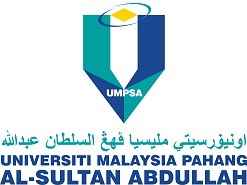ANTI HOAX AND MEDIA LITERACY IN PESANTREN IN THE POST-TRUTH ERA
DOI:
https://doi.org/10.15282/ijhtc.v8i2.9859Keywords:
Anti Hoax, Media Literasi, Pesantren, Post-truthAbstract
This research examines the movement of Islamic boarding schools in developing media literacy among the students, amidst the widespread dissemination of hoaxes and the advent of the post-truth era. The study adopts a sociological research approach with a phenomenological perspective, utilizing the research library as its primary data source. The data is analyzed through the lens of social movement theory. The findings of this study reveal three main points. First, a significant number of students have developed a dependence on social media. Second, Pondok Pesantren Sidogiri and Nurul Jadid share a common vision in equipping their students to confront hoaxes and post-truth narratives by fostering critical thinking skills. Third, there are differences in the programs implemented to achieve the goal of cultivating critically-thinking students between Pondok Sidogiri and Pondok Nurul Jadid. While Pondok Sidogiri emphasizes internal development, Pondok Nurul Jadid focuses on external outcomes. These research findings contribute to enriching the field of sociology, particularly in the area of social movements through media literacy. Additionally, the study provides recommendations to Islamic boarding school administrators to promote media literacy initiatives.
Downloads
Published
Issue
Section
License
Copyright (c) 2023 The Author(s)

This work is licensed under a Creative Commons Attribution-NonCommercial 4.0 International License.




